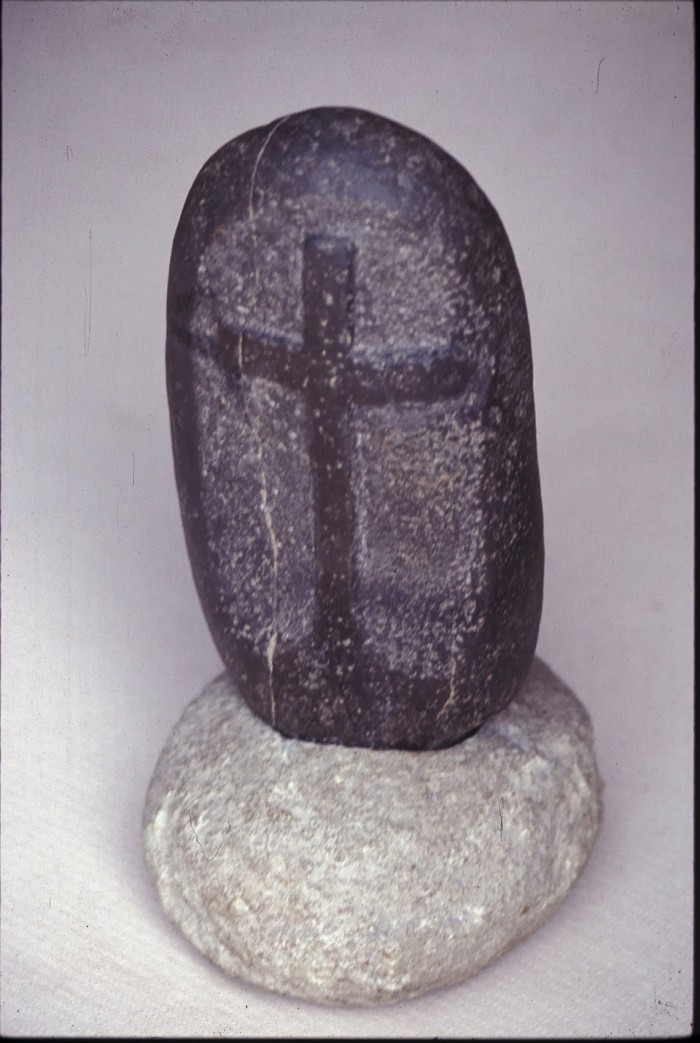
Christianity came to Japan in two waves: in the 16th century and again in the 19th and 20th centuries. In both periods, it achieved some influence and made a moderate number of converts, but it has always remained Japan’s least important religion compared to Shinto and Buddhism.
The Jesuits traveled with Portuguese and Spanish explorers and traders and were the first to bring Christianity to Japan, as well as to China. They benefited in both Asian countries by appearing to be officially sponsored by their governments, well educated, highly trained and strongly motivated. In Japan, their discipline and firm-mindedness struck a resonant cord in the samurai class and the Jesuits found themselves able to meet and convert some very high-ranking individuals. The Jesuits were soon followed by Dominican and Benedictine fathers and soon the Christian community was divided by doctrinal and other disputes between the three orders.
In addition to being able to convert a few daimyo, these early Christians converted perhaps 300,000 men and women. The religion and European knowledge spread thinly throughout Japan although most converts were located on the southern island of Kyushu where most of the missionaries landed and many remained. There was an additional concentration around present-day Gifu because Oda Nobunaga supported Christian missionaries there and at his castle at Azuchi. Late in the 16th century, however, political leaders began to ban Christianity. In 1587, Toyotomi Hideyoshi ordered the Jesuits out of Japan and in 1597, 26 Japanese Christians and foreign missionaries were killed in Nagasaki. Finally, in the mid-1630s, the Tokugawa shogunate ordered all Japanese to prove they were not Christians by stepping on crosses and joining Buddhist sects. Notices banning Christianity and offering rewards to recanters and those who would turn in believers to the authorities were later posted on public announcement boards or kosatsuba throughout Japan. Gradually, most Christians gave up their religion, although a few went underground. When they were finally discovered hundreds of years later, they were called ‘hidden Christians’. By that time, their Christianity was hard to recognize for they had changed many elements in order to disguise it from their authorities. Although they considered themselves Catholics, for example, their priests were all women, much to the consternation of papal authorities in Rome.

kosatsuba
The reasons for the persecutions of the Christians in the late 16th century and throughout the Edo period are not entirely clear. One possible reason is that the Japanese reunifiers viewed the Europeans as a threat; they might invade and take over. Another possible reason is that the authorities feared that Christians might band together in the name of their God and rebel. A revolt at Shimabara in 1637-8 seemed to underline this possibility since most of the 35,000 or so rebels were Christians. A third possibility is that Oda Nobunaga and Toyotomi Hideyoshi (and perhaps, to a lesser extent, Tokugawa Ieyasu) viewed Christianity in the same negative light as they viewed militant Buddhist sects which had been a major irritant to Nobunaga in particular. A fourth possibility is that the Japanese leaders wished to protect their process of reunification of Japan from any chance of interference by the Europeans; banning them and their religion would do it.
None of these reasons, nor all of them together, are entirely satisfactory. The Europeans never threatened invasion and had no forces nearby that were capable of taking on the Japanese as a whole; the Christians never banded together and presented a united front against political authority; the Christians never had the number and certainly not the weapons the Buddhist sects had; and Japan had experienced some three decades of peace and order when the Tokugawa shogunate posted the final edicts against Christians.
For all practical purposes, Christianity seemed completely absent from Japan when the Europeans next appeared in the mid-19th century. The legal ban on Christians was not finally lifted until 1873 and European missionaries were not permitted to travel or live freely in the Japanese hinterland until later. Thereafter, missionaries flooded in, with a particular burst of energy in the 1880-1910 period. Conversions did not occur quickly; if disorder and psychological confusion stimulate conversion, the conditions were not especially positive during the Meiji period. Christianity achieved a considerable degree of influence through its educational efforts, particularly of women, for its schools were seen as being more progressive and modern than the government’s.
Gradually, a Japanese clergy grew and took more control of the Japanese churches from the foreign missionaries. During the Second World War, the government insisted on this transfer of power and after the war, although large numbers of foreign missionaries returned, control remained in Japanese hands. This ‘Japanization’ of Christianity quickened the rate of conversion, yet the number of Christians remains small. The contemporary influence of Christianity is probably more than the number of believers merits, yet for most Japanese, the main role of Christianity outside of education is marriage. A Christian-style ceremony (usually without a priest or minister) with a flowing, white wedding dress for the bride is as much a part of everyone’s ideal wedding as the Shinto portion of the service and traditional Japanese clothing.


